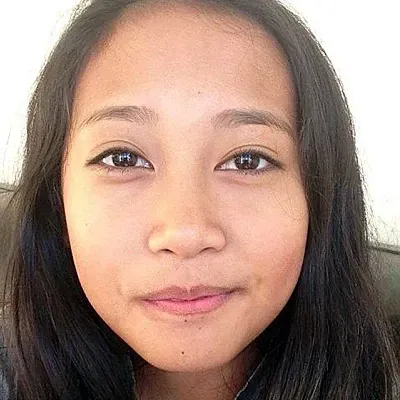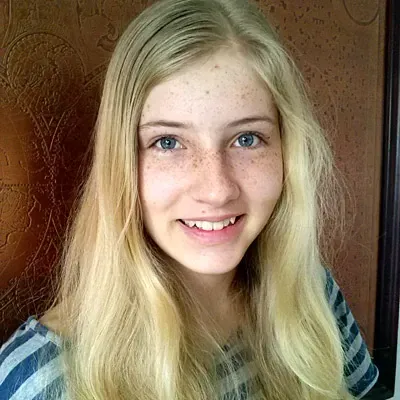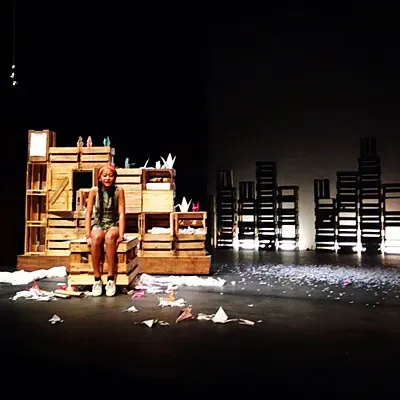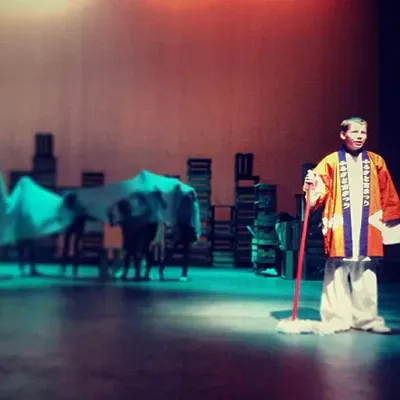Youth take on story of hope
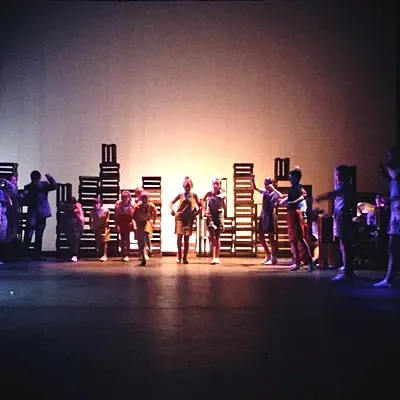
Hawkins Youth Theatre’s production One Thousand Paper Cranes is performed this weekend. Renee Liang talks to young actresses Allyssa Regino and Daya Czepanski.
* * *
Hawkins Youth Theatre is a company of young people aged 8-18. This year they are producing One Thousand Paper Cranes, a play by Abigail Docherty. It’s based on the true story of Sadako Sasaki, who had leukemia caused by exposure to the Hiroshima atomic bomb. She defied her illness by attempting to fold a thousand paper cranes, so that she would be granted one wish – to live. A striking work of imagination, hope and physical theatre, the play has been adapted from a two-hander to a piece for 32 young actors.
Renee Liang talks to two of the leads from the play, Allyssa Regino and Daya Czepanski.
Why do you do theatre?
Allyssa: I joined the play because it is a chance for me to learn how to act and perform on a big stage. I am quite shy and by being on stage a lot I think I've conquered my stage fright. I also find it amazing how you can express yourself in so many ways. I'm learning a lot of things and it's so much fun.
Daya: I do theatre because it's something that I'm really passionate about and want to do for the rest of my life.
Have you done any other shows with Hawkins Youth Theatre? What's special about the company?
A: This is my first time to do a show. I love being with Hawkins Youth Theatre because everybody is kind and helpful and the company teaches you a lot of good skills and technique to make you a good performer.
D: This is my first show with Hawkins Youth Theatre and I am really enjoying it. The company is really a good group and when they set their minds to a task it really does come out beautifully.
When you first read Sadako's story, what did you think?
A: I thought Sadako's story and how she suffered and died very young was very sad. The title of the play made me want to read the script and I was very excited to find out what role the paper cranes play in Sadako's story.
D: When I first read Sadako's story, I thought we were really privileged to be given the opportunity to show people this amazing story. I realized that the message of hope that was mixed in with the sadness really made it into something really beautiful.
Did you do any research on your characters to prepare for your roles? What interesting facts did you find out?
D: I'm a massive research buff so I scoured the internet for hours learning all I could about Sadako, Hiroshima, atomic bombs and radiation poisoning. Learning all about Hiroshima Peace Park and the tonnes and tonnes of paper cranes delivered there each year from all over the world was definitely an awesome part of the researching process. Seeing how much Sadako's life influenced so many people all around the world was really incredible.
A: I did some bits of research. I realised that my character's name is actually Chizuko Hamamoto. She was the best friend of Sadako who told Sadako the story that if a sick person folds 1000 paper cranes, God will grant her wish and will make her healthy. I thought Chiziko was a really good friend to Sadako.
Sadako and Chiziko both make difficult decisions in the play. Did you have to ask yourself any hard questions?
A: I realised how hard it would be to lose a friend and how do you keep going on in life without somebody you love by your side.
D: For me, the hardest question was probably "How can I serve Sadako's memory in the best way possible and tell people her story in a way they haven't seen before?", which I really hope I can do.
How do the cast create the world of the play?
D: Using a mixture of body-work, crates and - funnily enough - paper! I think the cast works so wonderfully to bring the world of the play to life. A lot of hard work and dedication from everyone involved has gone into bringing One Thousand Paper Cranes to life!
A: The ensemble definitely turned the stage into something wonderful especially when Kenji is saying the story. The music really helped set the mood. The whole cast did their best and it shows on stage.
What has been your favourite part of rehearsal?
A: Just staggering through the whole play because I like to see how the play progresses.
D: I enjoy every part of rehearsal, but getting to know the rest of the cast and watching the play come together has been really amazing.
Were there any challenging moments?
A: Projecting and pronouncing my voice was a challenge for me but I think I'm learning and getting better at it.
D: Yes indeed! Every rehearsal brings its own challenges and getting used to just going with the flow and working through technicalities has been a definite learning experience! Also learning how to make paper cranes was really hard (I'm still not very good at it!).
Do you plan to keep going with theatre?
D: To be honest, I don't think I could stop! One Thousand Paper Cranes has given me a taste of how much fun it is to be involved in theatre and has definitely inspired me to keep going!
A: Joining the play was a great experience for me. I am liking it a lot. We'll never know. I might be really good at performing and it could turn into something more later on.
***
One Thousand Paper Cranes by Abigail Docherty
Hawkins Theatre, Papakura - October 4-6
